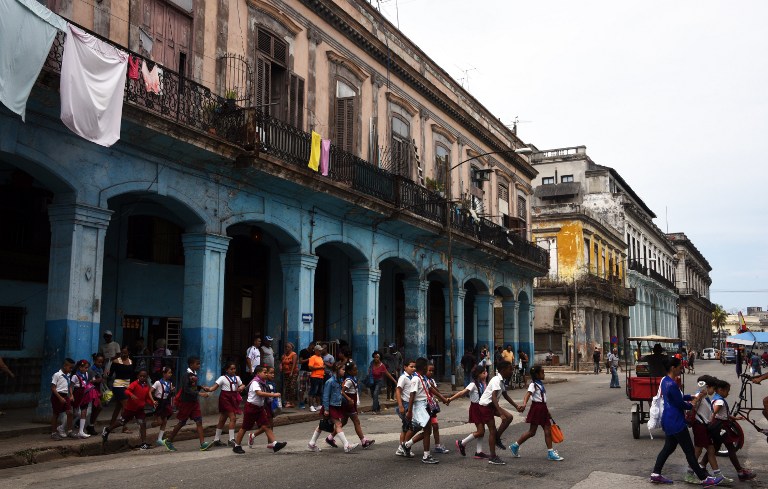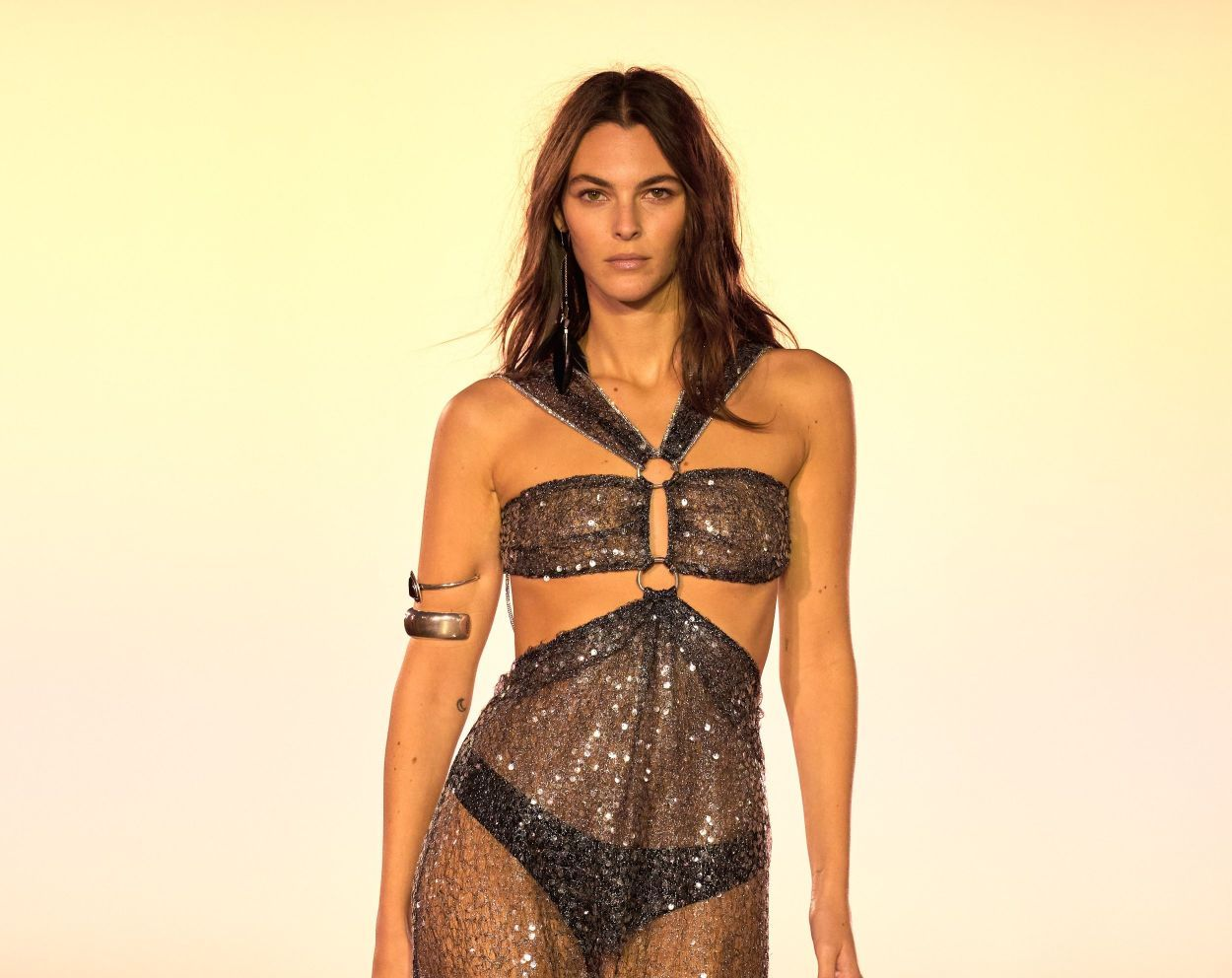Chanel to Stage Fashion Show in Cuba
May 03, 2016

It is the latest in a stream of international cultural events in Cuba as it opens up its diplomatic and commercial relations.
“The cultural richness and the opening up of Cuba to the world have turned it into a source of inspiration for Chanel,” the company said.
The show will present the latest collection by German designer Karl Lagerfeld, inspired by the colors of the Caribbean and classic “aesthetics of Cuba.”
Among a stream of visiting celebrities and top officials, the Rolling Stones played a concert here last month after a visit by US President Barack Obama.
A Hollywood film crew has meanwhile been shooting the latest “Fast and Furious” action movie in the streets of the city.
For Tuesday’s fashion show, the open-air catwalk is up on the Paseo del Prado, a long seaside boulevard, among scruffy old buildings – a neighborhood with little luxury.
“I think that catwalk is going to be more for Chanel than for Cuba,” said local designer Idania del Rio, 33.
“I don’t know whether the people here in Cuba are ready for this type of product.”
Nevertheless, as a fashion designer she is curious to see the show.
“I want to see what $40,000 clothing looks like.”
Cuba’s best-known living designer Raul Castillo said he was excited.
“It is a dream to see the work of a designer like Lagerfeld here in socialist Cuba,” he said.
For years, the communist principles that ruled in Cuba after revolutionary Fidel Castro won power in 1959 insisted on equality, even in clothing.
Foreign brands were not available until the 1990s, when the market started to open up gradually.
“There is nothing uglier than standardization,” Cuban author Arturo Arango wrote on the subject, in an online article.
“With standardization comes apathy and alienation. All that leads fatally to ugliness.”
Cuba entered a crisis after the Soviet Union, which had financially supported its communist government, fell in 1991.
Cubans had to wear imported second-hand clothes from state-run stores.
Authorities called it “recycled clothing” but ordinary Cubans referred to their trips to the official shops as “rag-shopping.”
With its cabarets and casinos frequented by US film stars and gangsters, pre-revolutionary Cuba had a thriving fashion scene.
The end of the Soviet era encouraged a rebirth.
“People here know how to sew. There are lots of good designers and people are looking for ways to buy the clothes they want,” said del Rio.
But it is “a very slow recovery,” she added.
For the older designer, Raul Castillo, Cuban fashion “is going through a good moment.”
“We are opening to the world,” he said. “It is very important that Chanel is coming.”
The future of fashion will depend on if and when US lawmakers end the 54-year trade embargo on Cuba – still in place despite the diplomatic thaw.
“When we become a normal country, without the embargo, we will be leaders of fashion,” Castillo said.





























